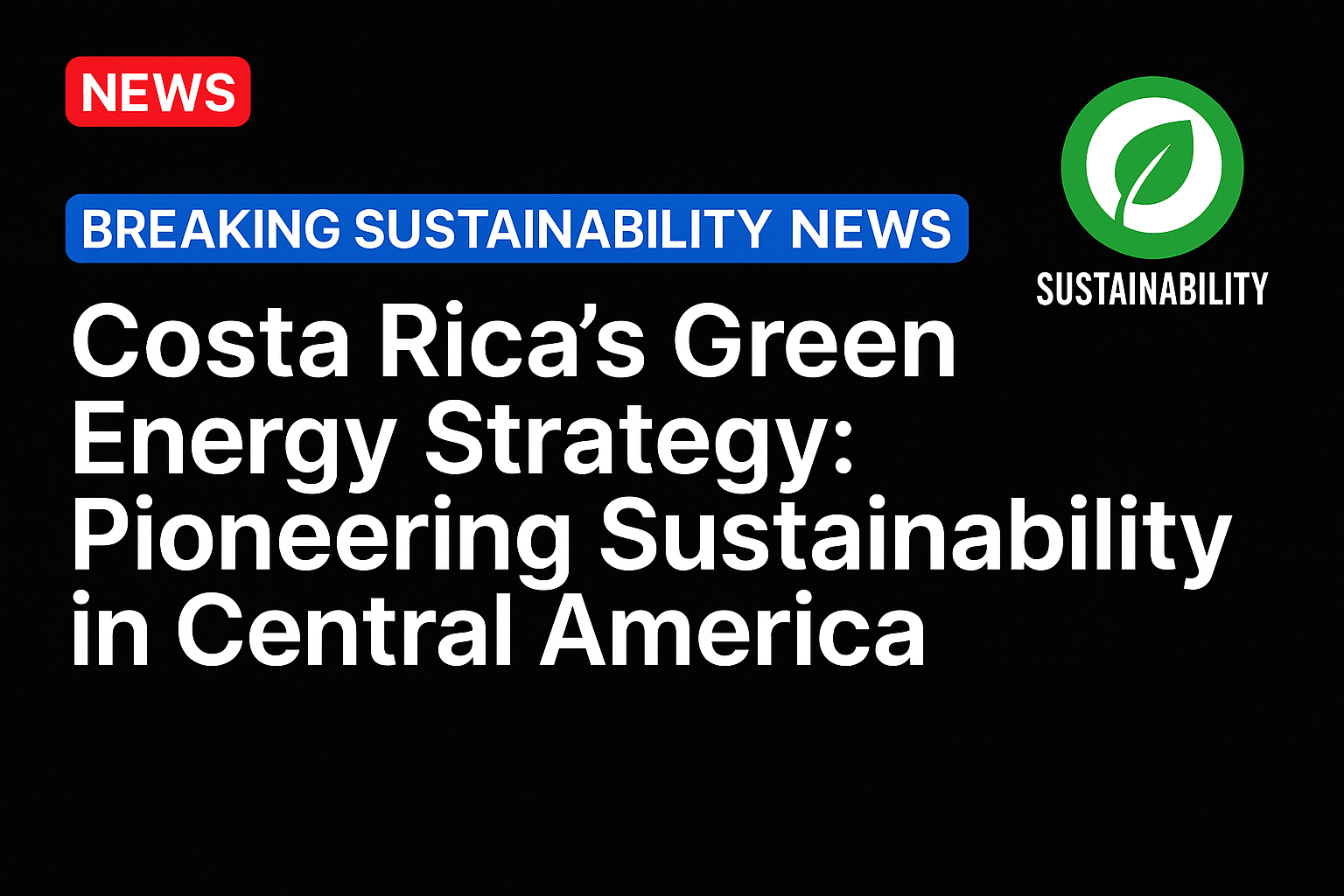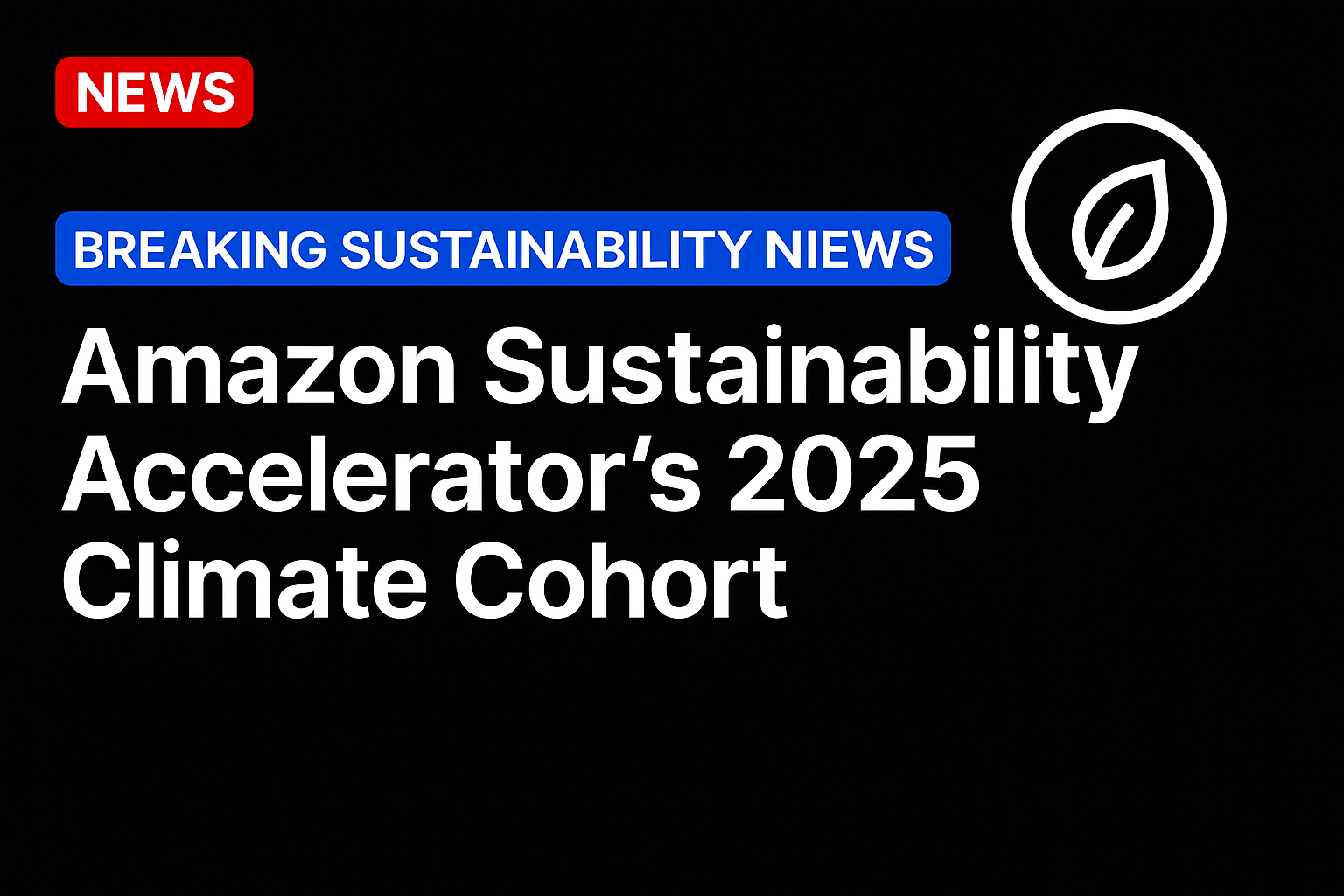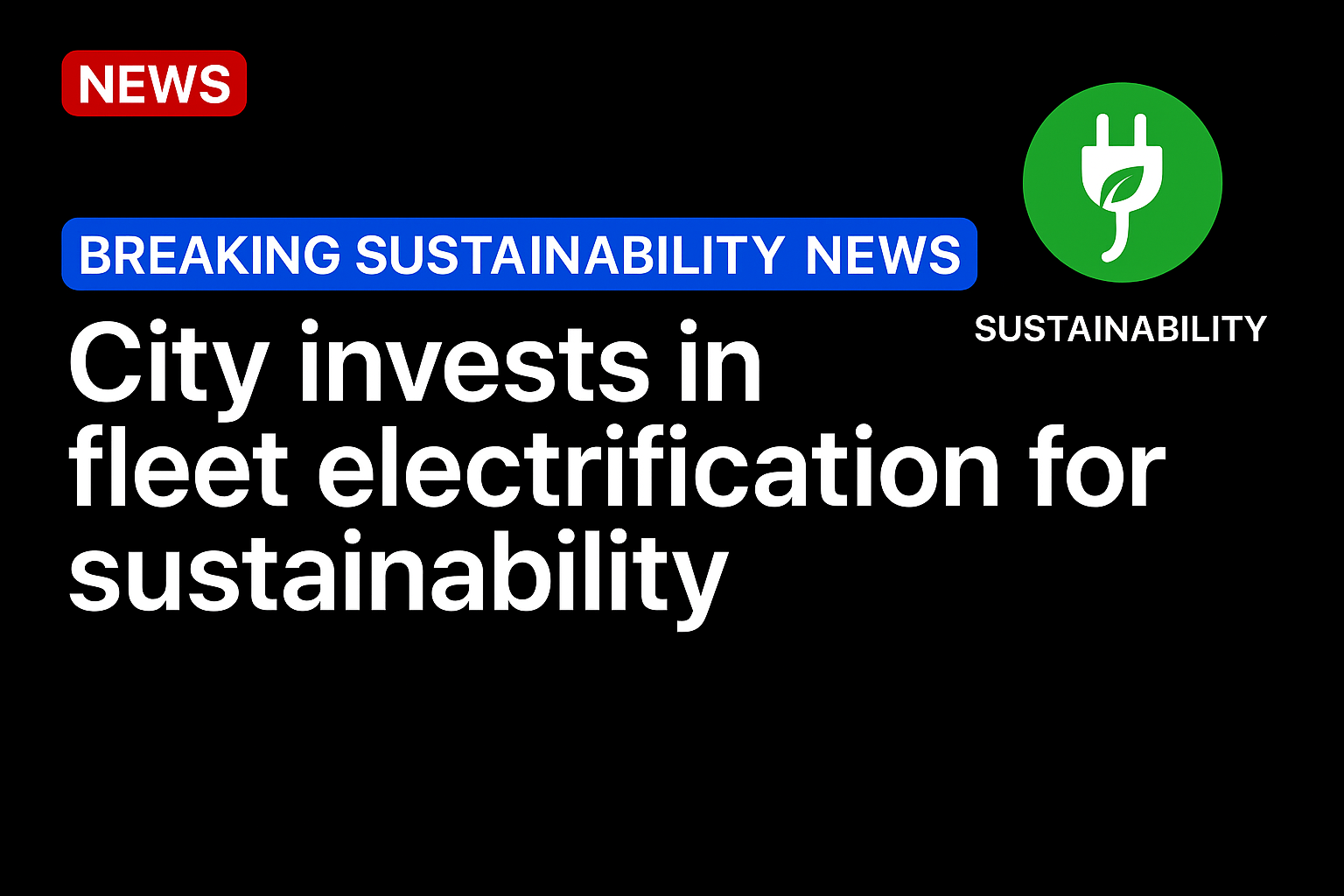Costa Rica has emerged as a global leader in renewable energy and sustainable development, demonstrating that economic growth and environmental preservation can go hand in hand. The country’s ambitious “green energy” strategy, rooted in a deep commitment to sustainability, has positioned it as a model for nations worldwide.
Historical Background and Commitment to Sustainability
Costa Rica’s journey toward green energy began decades ago. Recognizing the environmental and economic benefits of renewable resources, the nation committed early on to reducing reliance on fossil fuels. By the early 2000s, Costa Rica’s government prioritized environmental policies, leading to significant investments in renewable energy infrastructure. This commitment was formalized through various national policies and international agreements emphasizing climate change mitigation and sustainable development.
Diverse Renewable Energy Portfolio
One of Costa Rica’s most notable achievements is its remarkably diverse and largely domestically sourced energy matrix. The country’s energy generation is primarily powered by hydroelectric, wind, solar, and geothermal sources, with hydroelectricity accounting for approximately 70% of total electricity production. The country’s mountainous terrain and abundant rainfall create ideal conditions for hydropower, which has been harnessed extensively since the mid-20th century.
In addition to hydroelectricity, Costa Rica has invested heavily in geothermal energy, capitalizing on its volcanic activity. Geothermal plants contribute around 15% of the country’s electricity, providing a stable and reliable source of clean energy. Wind energy, though still developing, has seen significant growth, with several wind farms operating along the Pacific coast. Solar energy, once a minor contributor, has expanded rapidly in recent years, supported by government incentives and decreasing technology costs.
Achievements and Current Status
Costa Rica’s green energy strategy has yielded impressive results. The country frequently generates close to 100% of its electricity from renewable sources, sometimes for extended periods. For example, in 2015, Costa Rica achieved 99.62% renewable electricity production, a feat that highlights the country’s capacity to sustain its energy needs through clean sources. During periods of low rainfall, which can impact hydropower, the country relies more on geothermal and wind power, demonstrating the flexibility and resilience of its energy mix.
This renewable energy success has had significant environmental benefits. Costa Rica has markedly reduced its greenhouse gas emissions from the energy sector, contributing to global climate change mitigation efforts. The country’s commitment to sustainability extends beyond energy; it includes reforestation initiatives, conservation programs, and policies promoting sustainable tourism.
Policy Framework and International Cooperation
Costa Rica’s government has played a vital role in fostering an environment conducive to renewable energy development. Policies include favorable regulatory frameworks, incentives for renewable energy investments, and commitments to phasing out fossil fuel subsidies. The government also collaborates with international organizations, such as the United Nations and the World Bank, to finance and promote sustainable projects.
In 2019, Costa Rica announced its aim to become carbon neutral by 2050. While ambitious, this goal underscores the country’s dedication to comprehensive sustainability, including transportation, agriculture, and land use sectors. To achieve this, Costa Rica is exploring innovations in electric mobility, sustainable farming, and reforestation.
Challenges and Opportunities
Despite its successes, Costa Rica faces challenges in maintaining and expanding its green energy capacity. Climate variability affects hydropower production, and balancing energy sources to ensure reliability remains a concern. Additionally, integrating increasing renewable capacity into the existing grid requires technological upgrades and investments.
Economic factors also influence the green energy strategy. While renewable energy reduces long-term costs, initial capital investments can be substantial. Ensuring continued funding and political support is vital for sustaining progress.
However, these challenges also present opportunities. Costa Rica’s leadership in renewable energy can serve as a blueprint for Latin America and beyond. The country’s experience demonstrates that investing in clean energy infrastructure can stimulate economic growth, create jobs, and promote environmental stewardship.
Future Outlook
Looking ahead, Costa Rica plans to expand its renewable energy portfolio further. The government aims to increase solar and wind capacity, invest in energy storage solutions, and promote decentralized renewable systems. These efforts align with global trends toward decentralization and democratization of energy production.
Moreover, Costa Rica’s focus on sustainability extends beyond energy. The country is committed to protecting biodiversity, promoting eco-tourism, and implementing circular economy principles. Achieving carbon neutrality by 2050 will require integrated policies that address all sectors of the economy.
Costa Rica’s green energy strategy exemplifies how a small nation can lead in sustainability and renewable energy. Through diverse energy sources, supportive policies, and international cooperation, Costa Rica has made remarkable strides toward a cleaner, greener future. While challenges remain, its experience offers valuable lessons for countries seeking to balance development with environmental responsibility. As the world grapples with climate change, Costa Rica’s model of renewable energy leadership shines as a beacon of hope and possibility.
Source: https://thecostaricanews.com/




